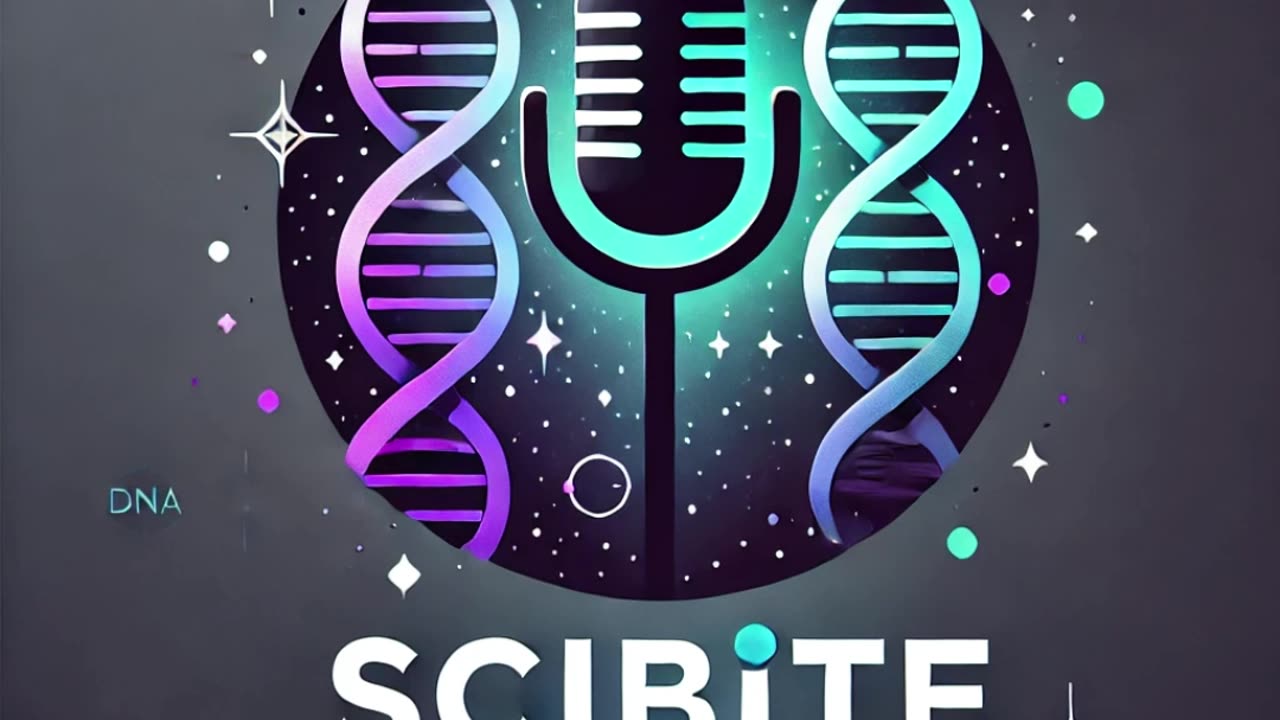Premium Only Content

Webb’s Unprecedented Discovery: Potential Missing Link to First Stars in the Universe
### Title:
**Webb’s Unprecedented Discovery: Potential Missing Link to First Stars in the Universe**
### YouTube Description:
**Webb’s Unprecedented Discovery: Potential Missing Link to First Stars in the Universe**
🌌 In this episode, we explore a groundbreaking discovery by NASA’s James Webb Space Telescope that could revolutionize our understanding of galaxy evolution in the early universe. The telescope has found a strange galaxy with an unusual light signature, pointing to a new phase of galactic evolution.
🌟 **The Strange Galaxy GS-NDG-9422:**
- The galaxy GS-NDG-9422, found one billion years after the Big Bang, emits a light signature that astronomers have never seen before.
- This galaxy’s spectrum is likely coming from its super-heated gas, not its stars, opening up new paths for investigation.
🔬 **Investigating the Unusual Spectrum:**
- An observational astronomer and a theorist concluded that the strange spectrum of galaxy GS-NDG-9422 is due to its gas outshining its stars.
- This intriguing conclusion connects this odd galaxy to the universe’s first generation of stars, predicted to be outshone by nebular gas.
🌟 **Webb’s Discovery:**
- The James Webb Space Telescope discovered a galaxy with an odd light signature, attributed to its gas outshining its stars.
- Galaxy GS-NDG-9422 may be a missing-link phase of galactic evolution between the universe’s first stars and familiar, well-established galaxies.
📊 **Comparing Data with Models:**
- The data collected by the James Webb Space Telescope matches a computer model prediction, highlighting a sloping feature that caught the eye of astronomer Alex Cameron.
- The model shows light coming from hot nebular gas, outshining stars, nearly a perfect match to Webb’s observations of galaxy GS-NDG-9422.
🌟 **Theoretical Insights and Observations:**
- Alex Cameron reached out to colleague Harley Katz, a theorist, to discuss the strange data.
- Their team found that computer models of cosmic gas clouds heated by very hot, massive stars matched Webb’s observations.
- The early universe was a very different environment, with stars much hotter and more massive than what we see in the local universe.
🌟 **Properties of Galaxy 9422:**
- In the local universe, typical hot, massive stars have temperatures ranging between 70,000 to 90,000 degrees Fahrenheit (40,000 to 50,000 degrees Celsius).
- Galaxy 9422 has stars hotter than 140,000 degrees Fahrenheit (80,000 degrees Celsius).
- The galaxy is in a brief phase of intense star formation inside a cloud of dense gas, producing a large number of massive, hot stars.
🌟 **Implications for Cosmic Evolution:**
- Nebular gas outshining stars is intriguing because it is something predicted in the environments of the universe’s first generation of stars, classified as Population III stars.
- Galaxy 9422 does not have Population III stars, but its stars are different from what we are familiar with, making it a guide for understanding how galaxies transitioned from primordial stars to the types of galaxies we already know.
📚 Interested in learning more? Check out these amazing science books and resources on Amazon that I've handpicked for you! Dive deeper into the subject and expand your knowledge.
🛍️ Shop my recommendations: https://amzn.to/3AuBl1r
💡 Remember, when you purchase through my link, you're supporting my channel and helping me create more engaging science content for you! It doesn't cost you anything extra, but it means a lot to me. 😊
⬇️ Don't forget to:
Like this video if you enjoyed it!
Subscribe for more bite-sized science content!
-
 1:38:56
1:38:56
SLS - Street League Skateboarding
1 day agoTop Moments from the Second Half of the 2024 SLS Championship Tour! All The 9’s 🔥
3.92K1 -
 24:22
24:22
Breaking Points
4 hours agoHouse GOP RAMS THROUGH Medicaid Cuts
5.83K5 -
 1:24:15
1:24:15
The Quartering
3 hours agoRep. Swalwell's VIRAL Confrontation, Jeff Bezos Op-Ed Announcement, and Canada's Anti-Musk Campaign
55.8K18 -
 1:22:57
1:22:57
Tucker Carlson
6 hours agoNancy Pelosi Stock Tracker Chris Josephs: How to Get Rich by Investing Like a Politician
109K44 -
 2:59:34
2:59:34
Barry Cunningham
6 hours agoWATCH LIVE: DOGE SUBCOMMITTEE HEARING!
36.2K24 -
 1:29:32
1:29:32
Simply Bitcoin
5 hours ago $2.93 earnedNEW REPORT PROVES This Bitcoin Bull Run is DIFFERENT!! | EP 1191
41.4K -
 1:23:50
1:23:50
Russell Brand
5 hours agoAI Visions, War Deals, and the Next Big Lockdown? – SF544
116K19 -
 1:18:31
1:18:31
vivafrei
7 hours agoCanadian Liberal Leadership Race TO THE BOTTOM! Florida Prosecutor Claims SELF DEFENSE? & MORE!
55.4K36 -
 3:08:48
3:08:48
Right Side Broadcasting Network
7 hours agoLIVE REPLAY: President Trump Participates in First Cabinet Meeting - 2/26/25
118K30 -
 1:57:29
1:57:29
The Charlie Kirk Show
4 hours agoJudges vs. The People + Is DOGE Enough? + Fort Knox | Rep. Roy, Glenn, Plume, Posobiec | 2.26.2025
90.5K14